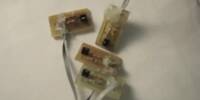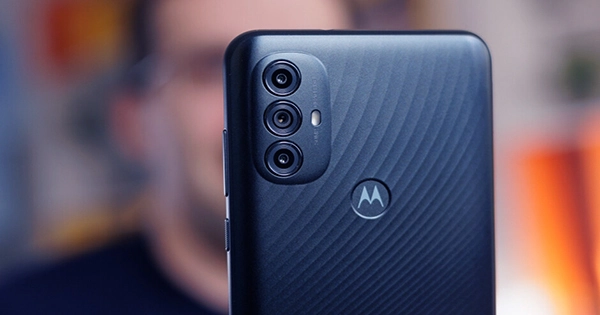Many difficulties might be solved by converting salt water to drinking water. Many impoverished communities have excellent access to the sea, but little or no access to freshwater and constructing infrastructure to offer that access is a difficult task. As a result, desalination device development is at an all-time high, with the belief that a small, inexpensive device may alter the world — except that doing so is incredibly difficult. Desalination necessitates a lot of energy and typically a lot of surface area and the waste product (brine) is salty slurry that can harm ocean habitats.
Researchers from the Massachusetts Department of Electrical Engineering and Computer Science have developed a desalination device the size of a briefcase that can produce clean drinking water from salty or brackish water, overcoming one of the most significant barriers to desalination reaching those who need it the most. A study published in Sustainable Systems describes the gadget. Portable desalination systems would be a great alternative for providing fresh water in remote places or areas affected by natural catastrophes. Current solutions, on the other hand, rely on high-pressure pumps that are unsuitable for such situations.
The researchers turned to electrodialysis, a procedure in which charged membranes remove ions from water that has shown promise in desalination, to construct a deployable and portable solution. Along with the demonstrated outcomes, electrodialysis has improved in energy efficiency in recent years, making it a more realistic alternative for a portable desalination system. Electrodialysis, on the other hand, is unable to remove any particulates from the liquid, which is crucial in the production of drinking water. To get around this, the researchers used an ion concentration polarization (ICP) technique, which allowed them to remove sediments and germs from the water as well.
Seawater entered one side of the system, and the end result was crystal-clear, potable water that met WHO requirements for drinking water. “It was extremely thrilling and surprised that it was successful even in its first run.” But I believe the aggregation of all these small advancements that we achieved along the road is the key reason we were successful,” senior author Jongyoon Han said in a statement.
The final result was a desalination device of outstanding size and efficiency, which was bundled into a briefcase-sized box powered by batteries and controlled by a smartphone. Furthermore, the device uses the brine by-product as a rinsing solution for the electrodes, and the waste product produced has nearly the same salinity as the input water, lowering the device’s environmental impact significantly. Although there is still work to be done since the overall cost of generating drinking water is more than that of bigger desalination plants, the device offers a promising choice for usage in locations where these plants are not available.
















